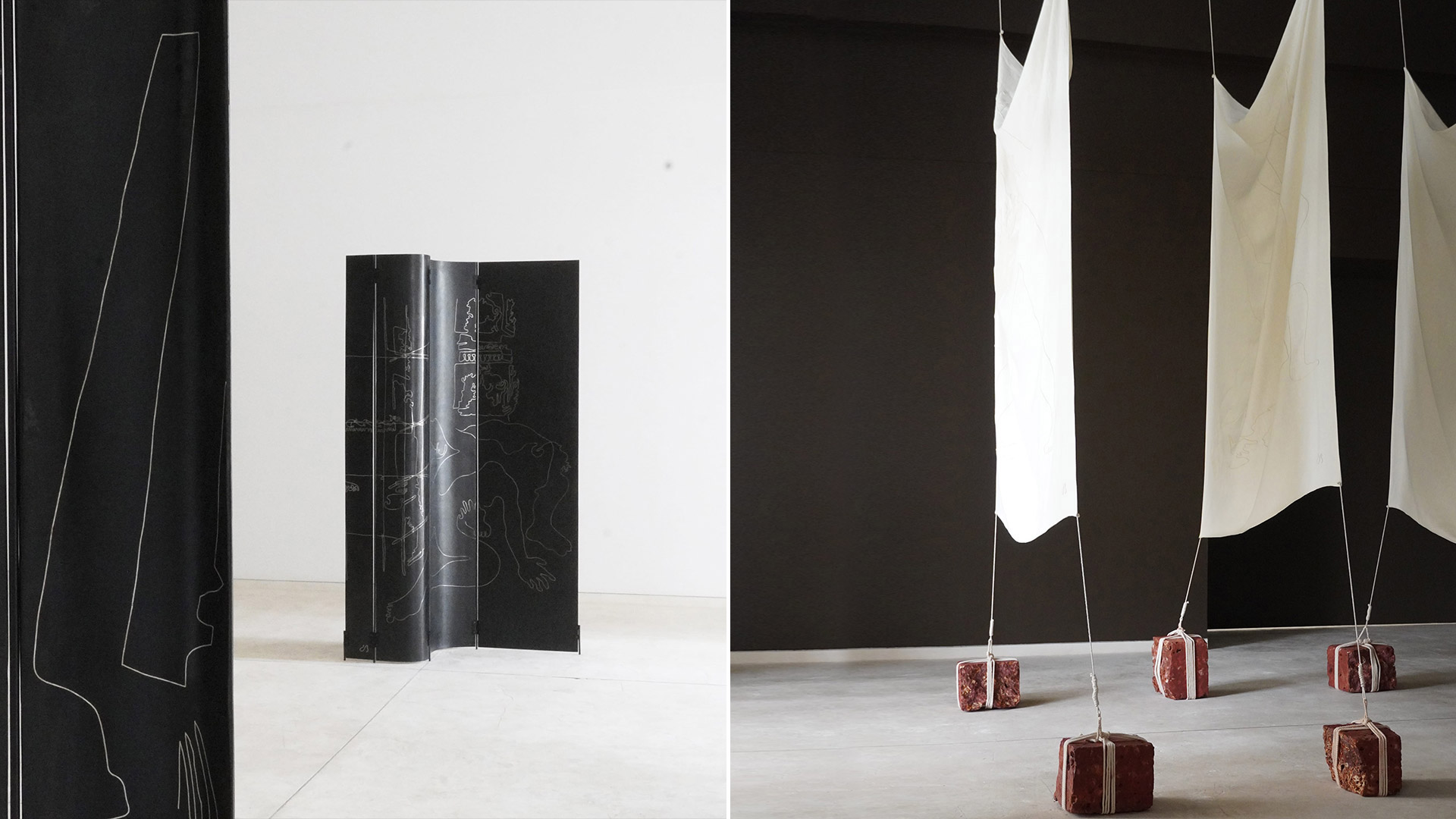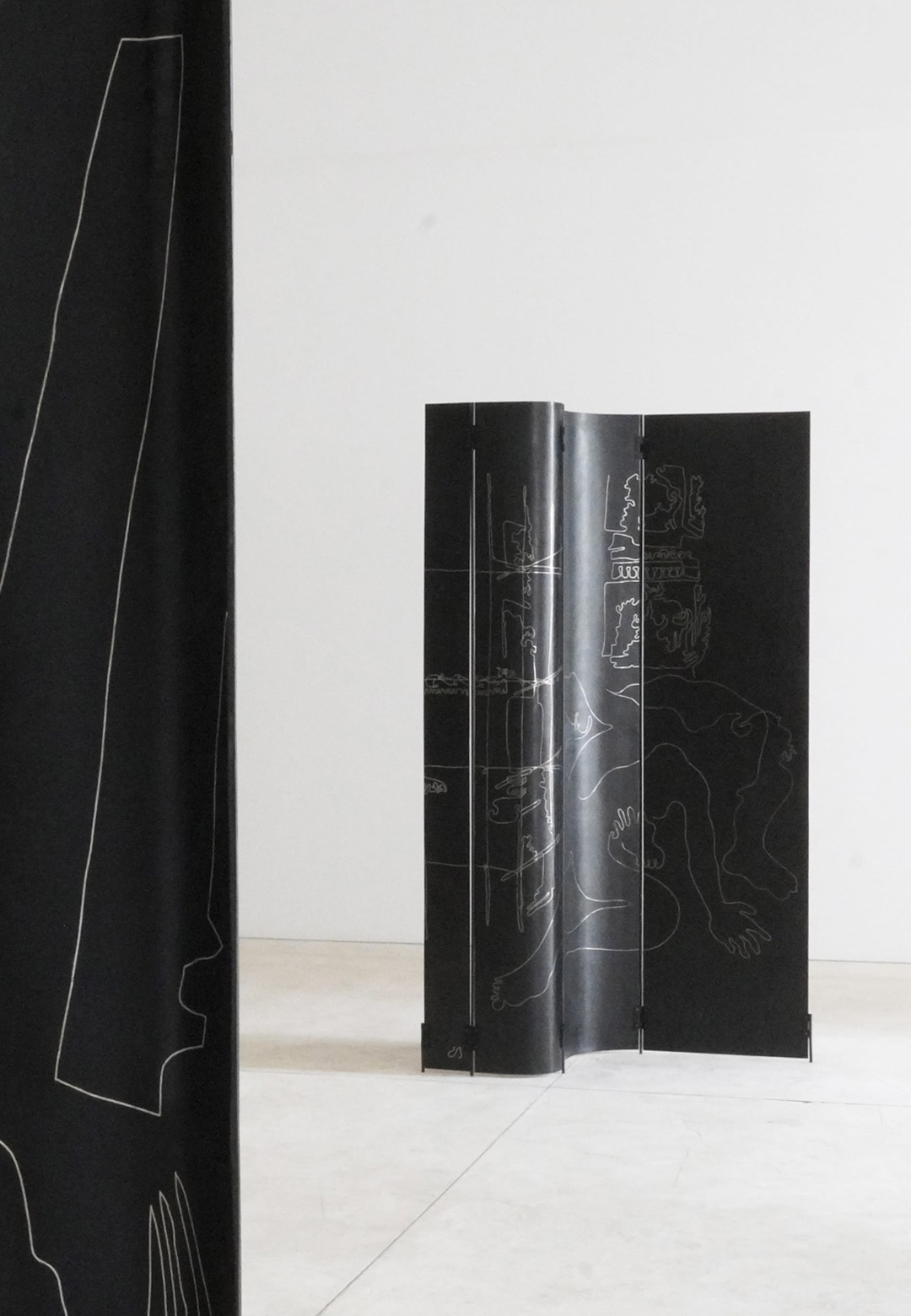How would you ascertain and assign monikers or definitions to objects that defy a singular descriptive identity? Products that may have utilitarian aspects but refuse to be solely defined by it; furniture designs that seek refined modernism but branch out as hand-made, raw sculptures of beauty; organic vessels and wearable designs that depart from intended expectations and functionalities in their forms… Objects carry power and purpose, elevated by their aesthetics and the intent they serve, but what of the reactions they illicit, or their endeavour to become themselves based on their creative authors, the lives they have led, and the skills they have accrued? When do objects become art and art become beings, fusing materials with artisan technique and progressing from sketches on paper to asserting themselves as objects? What do we call them?
In recent history, the term ‘collectable design’ has been adopted in an attempt to put these artsy, functional, new-age product designs under an umbrella, and has been largely welcomed by the creative community. What when these contemporary collectable designs meet age-old techniques and craftsmanship that have been handed down generations, evocative of whole regions and cultures?
Founded by Tarini Jindal Handa in 2022, æquō describes itself as ‘India’s first collectable design gallery’. The experimental space and endeavour, under the vision of creative director Florence Louisy, introduces the world’s sought-after designers to fine, intricate, and celebrated Indian craftsmanship, directing global importance to the South Asian country’s rich artisanal heritage in fresh capacities. The Gallery serves as a platform where makers, designers, and materials congregate in equal measure of intrigue and creativity. “æquō’s mission is to reshape the relationship between them, to reveal their value and potential. We thoughtfully create furniture and objects that emphasise this intersection. By inviting global minds to work locally, we adopt and create new lenses and unique languages to revisit Indian heritage,” they share.
For æquō’s first-anniversary show, the gallery reveals a new series of drawings done by French illustrator Boris Brucher through objects investigating two iconic Indian techniques —the rare and precious metalwork of ‘Bidri’ hailing from the Bidri region in Karnataka in India, and seen in exceptional scale through dusky ‘Pila’ screens, —and, in contrast, a collection of light, almost ephemeral, hand embroidered throws. The ‘Handmade Tale’ exhibition is currently on at the gallery based in Mumbai, India, forges deep into the meditative alchemy of handmade things, displaying poignant works by Boris Brucher, who is also a multidisciplinary artist and independent designer.
Having previously collaborated with production company Bureau Betak and American designer and sculptor Misha Kahn, Brucher’s works are fuelled by his fascination for the photographic pieces of Eadweard Muybridge and Edmund Teske. In his studio located south of France, he developed his signature ‘wrestlers’ series that explore the formal interactions between bodies dancing, fighting, and merging, ‘seeking for the shapes created by (them) when coming together and intertwining, creating new forms which could look like flowers or flesh’, he relays. A rumination of these bodies coalescing with architectural forms and those of nature transformed into the storytelling of his ‘spontaneous drawings which caught æquō’s attention,’ says the gallery.
As witnessed in the ‘Handmade Tale’, global contemporary designers are given a platform to encounter India’s diverse and profound techniques through æquō’s extensive network of local artisans, translating that collaboration into stunning pieces of collectable design. “These makers, who work with an astonishing sensibility toward our country’s varied raw materials, are placed in dialogue with designers to explore what happens when the familiar seek the unknown. In this grand design adventure, we create unique collectable pieces. Each of them carries a story rooted in India, yearning to be told to the world at large,” æquō continues.
Four engraved ‘Pila’ screens materialise inside the exhibition space, made in Bidriware, the 500-year-old art of engraving and inlaying in metal (namely copper and silver) with Persian origins, but exclusively Indian in craft and innovation. The craftspeople of Bidar were famed to the point of the technique being called ‘Bidri’, named after the eponymous region in Karnataka. The crafting technique consists of inlaying pure silver, or gold wire in an alloy of zinc and copper. “Cast, worked, and oxidized in a deep black hue, the magic of this technique lies in the soil of Bidar. In contact with the engraved metal, the soil blackens the final piece instantly, showing off the silver inlay to perfection,” the gallery informs.
Four majestic sculptural screens, engraved with pure silver strands appear as silent sentinels inside the gallery. When unfolded, the ‘Pila’ panels showcase the specially commissioned drawings in glory, with freehand lines gleaming from within the metal alloy oxidised in the ‘mysterious’ earth of Bidar. “They are scenes full of subtle storytelling: behind the bodies of Brucher’s signature wrestlers, there are references to the landscape and architecture of Bidar, as well as elements from the Bidri process itself. Rivers and ruins can all be glimpsed in images charged with the same level of symbolism as Indian miniature paintings,” the gallery shares.
The French artist’s illustrations commit to his research into the Indian region and its famed craft with lines that were drawn to be hammered in silver into the gentle sculptural designs that stand as decorative, flowy, and slender columns. His original sketches on paper are also part of the scenography’s cast, elevating the exhibition design. The Pila screens, commissioned and developed by æquō, are the work of master craftsman Mohammamed Abdul Rauf, whose Bidar-based workshop executed the historic silver inlay craft. “Recently celebrated and credited with a revival of the technique, Rauf is considered to be one of only two master craftsmen in the art,” the gallery tells STIR.
An installation of white-on-white linens, like dreams in limbo, are suspended mid-air inside the second gallery space, where Brucher’s drawings find rebirth as tight French knots embroidered in Mumbai itself. “Where the knot is required, the stitch is created by passing the yarn through the base material. The left thumb and index finger are then used to hold the thread firmly in place. The thread is held steady in the left hand and the needle is twisted around it two or three times before the twists are gently pulled back around the needle. The tip of the needle is then rotated 180 degrees and inserted at the back of the intended knot. Finally, the needle and thread are pulled through the fabric. The numbered edition embroideries are a reminder of æquō’s attitude towards democratic design,” they elaborate.
Akin to the subtle folds of the screens, the embroidered drapes of the fabric reveal each drawing from Brucher’s series in segments. The French designer’s flowing handmade lines embrace the textile’s surface on both sides. “These pieces are throws, thoughtfully designed in the image of Brucher who appreciates the nonchalant yet precious side of these embroidered pieces, letting their use run wild...” æquō says. The textile works are sewn into ropes that are weighed down with laterite bricks, the same stone used in the construction of the Bidar Fort, following the almost monastic spatial setting of the exhibition. “The Karnataka connection is the poetry that ties one room to another in Brucher’s handmade show that fuses art, design and craftsmanship,” æquō shares.
“Brucher has immersed himself in an imaginary landscape inspired by the Karnataka region in central India, which he depicts like an illustrated tale. As the alchemy between the place, the craft and the people living there, the drawings narrate the tale of Bidar almost as a legend,” the Indian art gallery concludes.
The ‘Handmade Tale’ will remain on display at the æquō Gallery in Colaba, Mumbai, India, from January 12 — February 24, 2023.
- Collectible Design
- Contemporary Design
- Craftsmanship
- Design Exhibition
- Design Installation
- Exhibition
- Exhibition Space
- France
- French Artist
- French Designer
- Furniture Design
- Gallery
- Illustration
- India
- Installation
- Karnataka
- Multidisciplinary Artist
- Mumbai
- Product Design
- Product Designer
- Sculptural Design
- Textile






 Sign in with email
Sign in with email










What do you think?